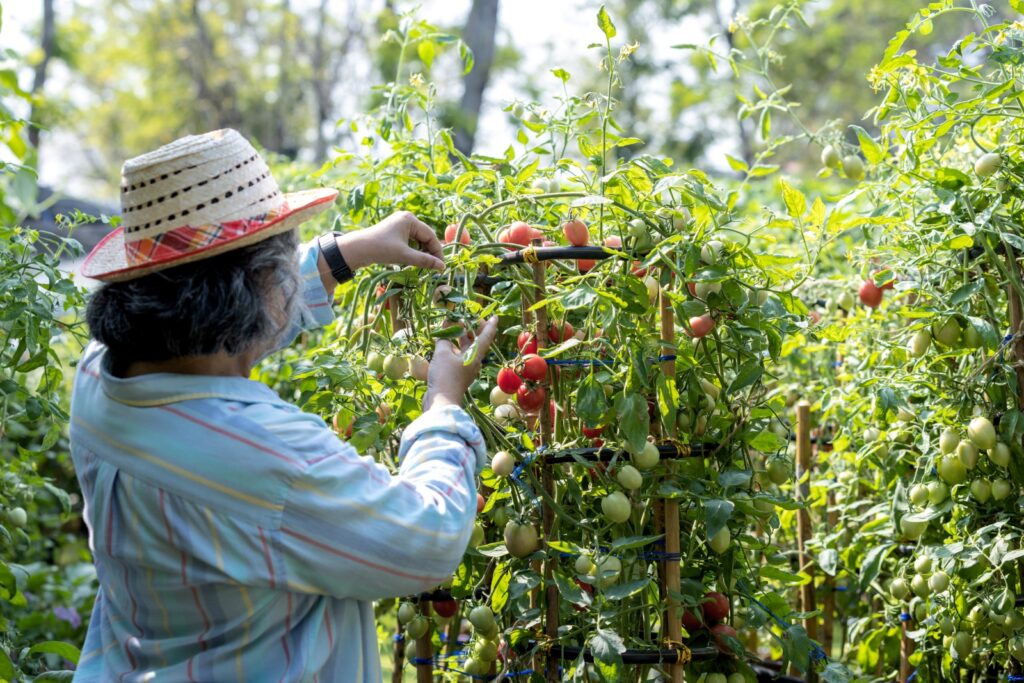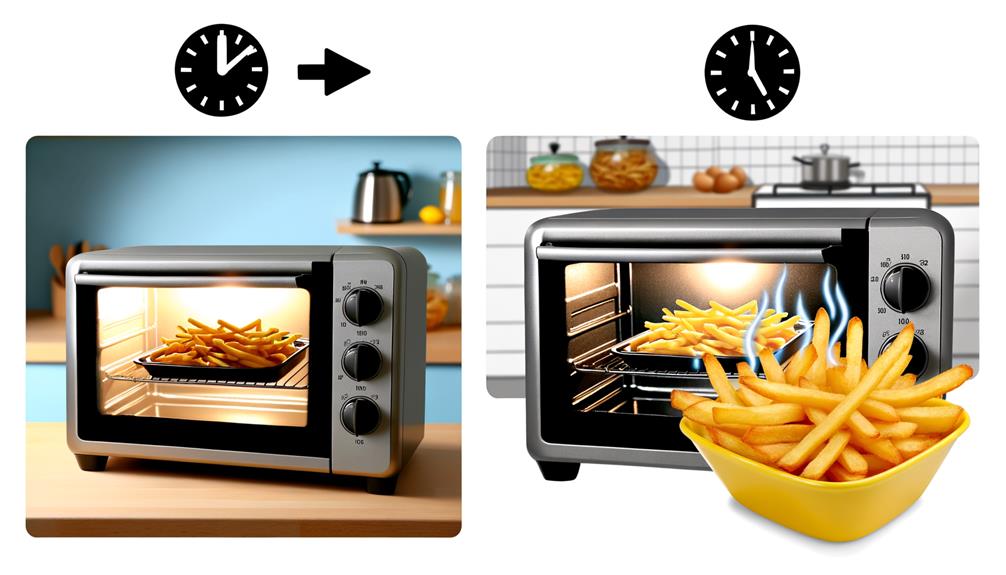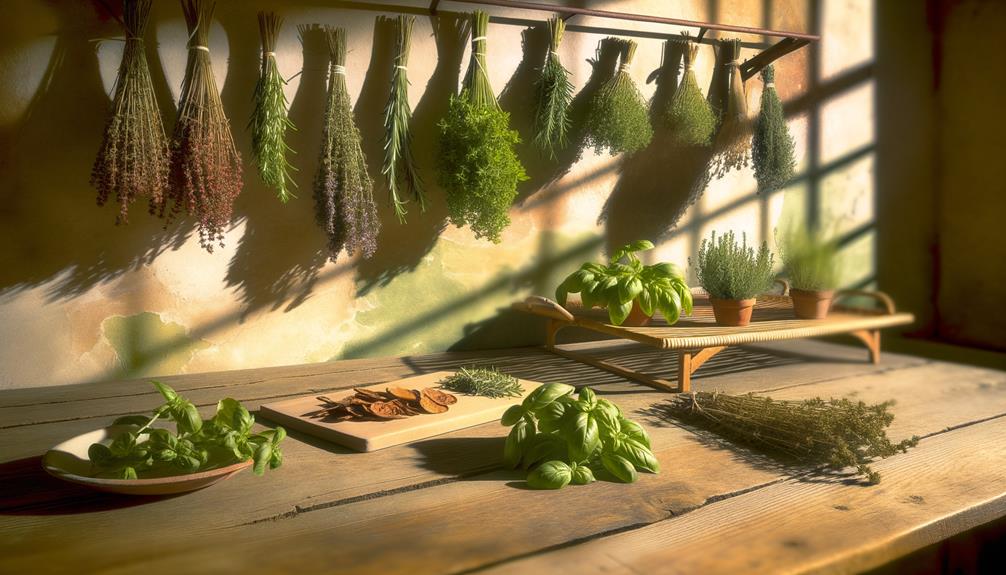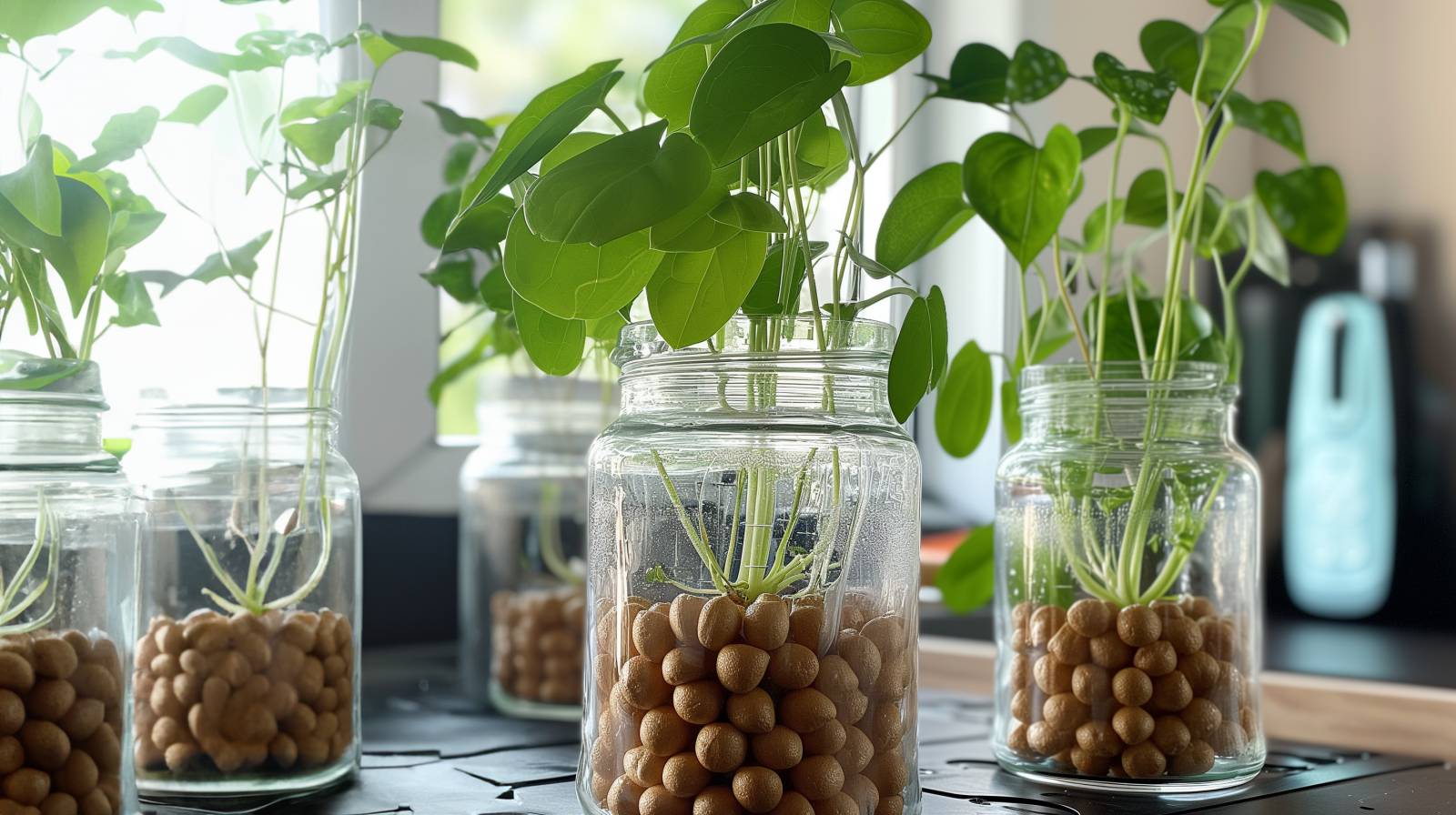Vertical gardening is an efficient way to make the most out of limited garden space, while also making it easier to harvest your vegetables. One popular method of vertical gardening involves the use of trellises, which can be constructed from a variety of materials such as wood, plastic, string, or metal. In this article, we’ll explore 12 different vegetables that can thrive when grown on a trellis, helping you maximize your garden’s potential.
Table of Contents
Toggle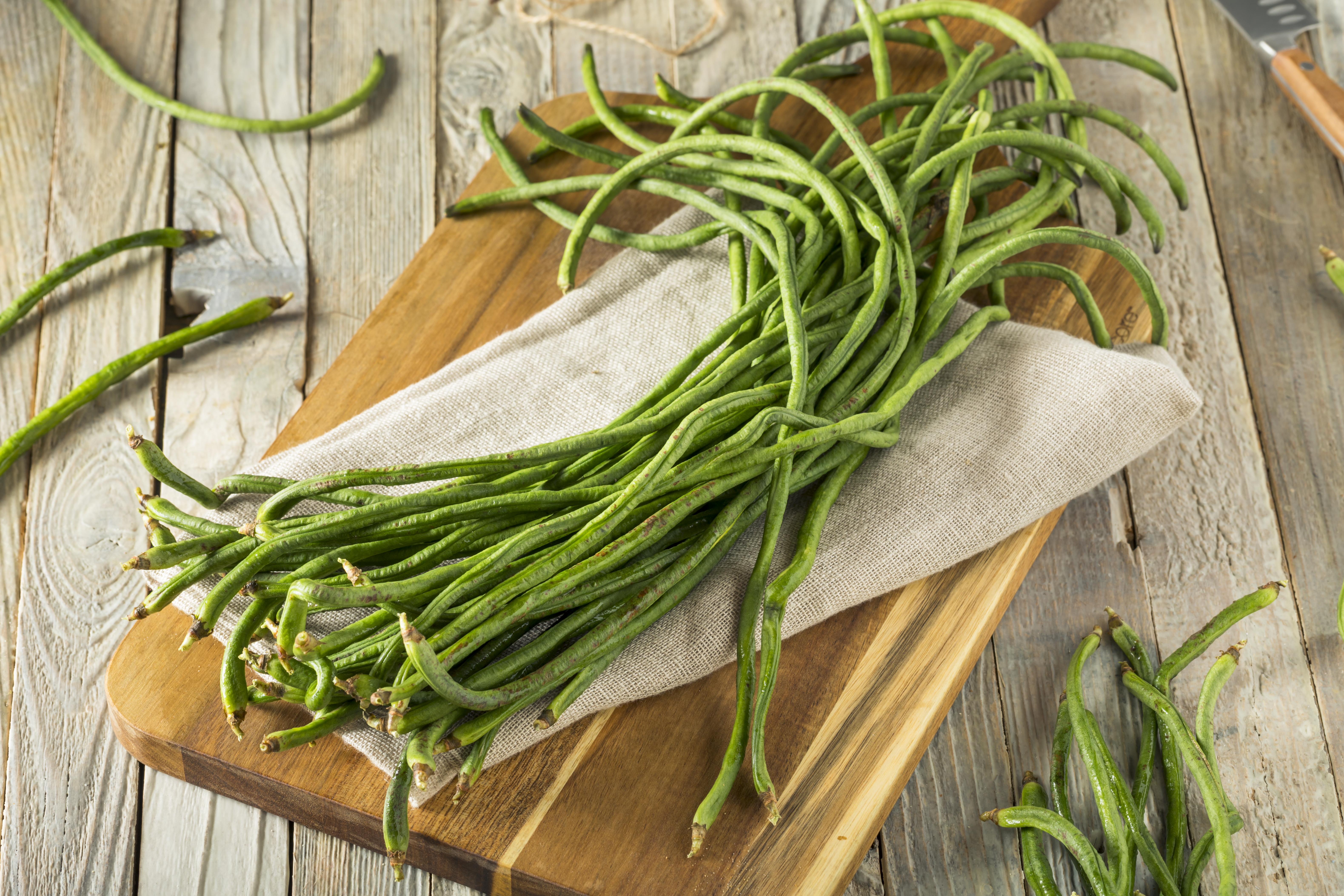
1. Long Beans (Yard Long Beans or Asparagus Beans)
Long beans are perfect for trellises, as they grow tall and love to climb. These beans are highly productive and easy to grow, making them an excellent choice for vertical gardening. Harvesting long beans from a trellis is much easier than bending over to pick bush beans, saving you time and effort.
Why grow Long Beans on a trellis
Growing long beans on a trellis keeps the pods off the ground, reducing the risk of pests and diseases. Harvesting is also easier, as the beans are within reach and not hidden beneath foliage.
Best varieties to grow vertically
- Red Noodle Beans
- Chinese Green Noodle Beans
- Stickless Wonder
- Python Snake Bean (check out our guide for growing Python Snake Beans)
Tips for growing Long Beans
- Provide a sturdy trellis at least 6 feet tall
- Plant seeds 4 inches apart and 1 inch deep
- Keep the soil consistently moist but not soggy

2. Cucumbers
Cucumbers are another favorite for trellis gardening. When grown on a trellis, they produce straighter fruits that are easier to find and harvest. Cucumber plants are versatile climbers, and their tendrils will easily attach to various trellis materials, including simple strings tied to fence posts.
Why grow Cucumbers on a trellis
Growing cucumbers on a trellis improves air circulation, reducing the risk of diseases. The fruits also grow straighter and are less likely to be damaged.
Best varieties to grow vertically
- Marketmore 76
- Lemon Cucumber
- Suyo Long
Tips for growing Cucumbers
- Use a trellis with a mesh size of at least 4 inches for easy growth
- Plant seeds 6 inches apart and 1 inch deep
- Provide consistent moisture and avoid wetting the leaves to prevent diseases
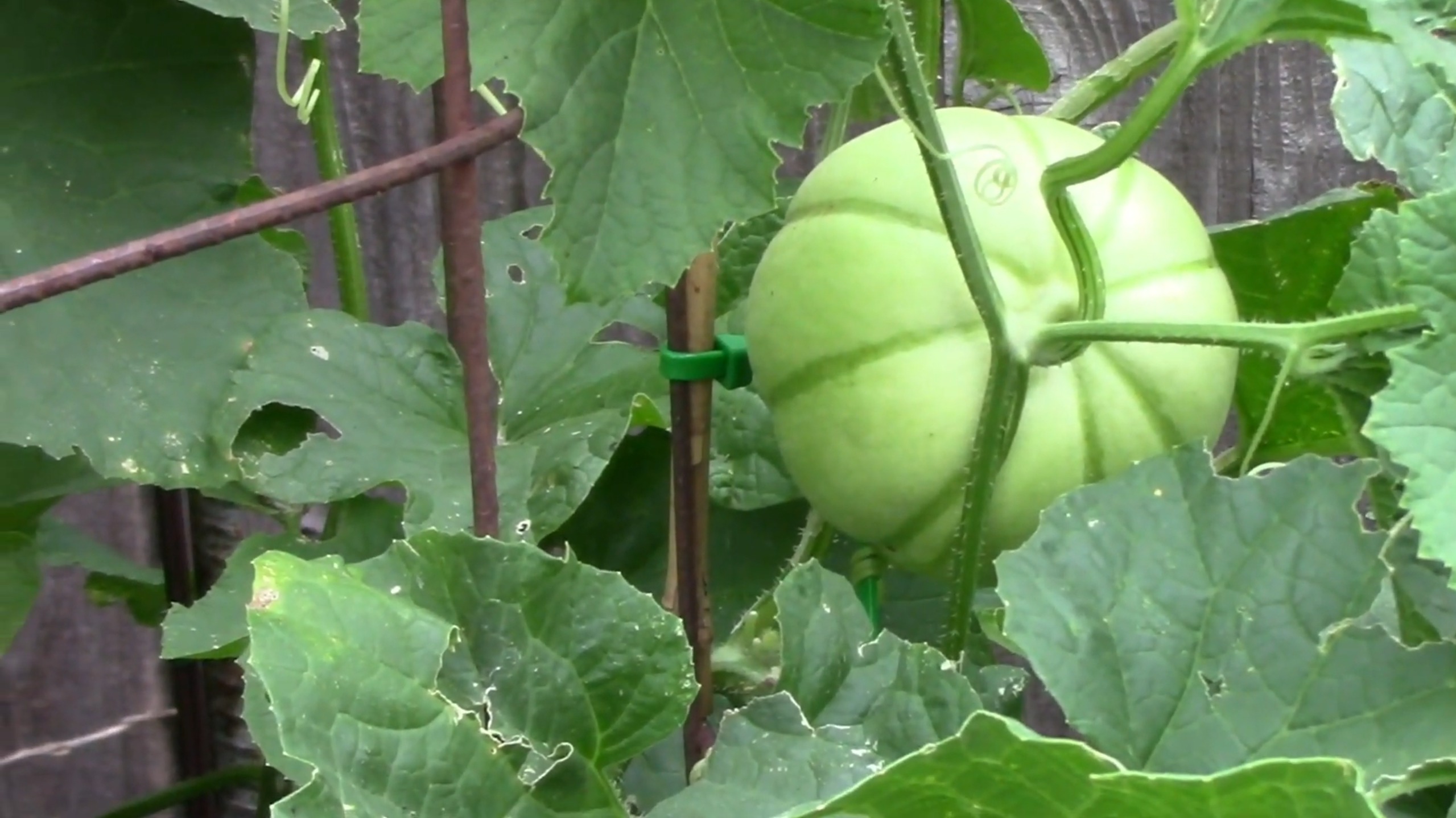
3. Small Melons
While melons might not be the first vegetable you think of for trellis gardening, certain small melon varieties are perfectly suited for this method. Chrysanthemum melons and Cicada’s Sweet melons are two examples of small melon varieties that can thrive on a trellis.
Why grow Small Melons on a trellis
Trellises save space, increase air circulation, and make it easier to harvest small melons. They also help reduce pest and disease problems.
Best varieties to grow vertically
- Chrysanthemum Melon
- Cicada’s Sweet Melon
- Minnesota Midget
Tips for growing Small Melons
- Support the fruit with slings or netting to prevent them from falling
- Provide a sturdy trellis capable of supporting the weight of the fruit
- Keep the soil consistently moist but avoid waterlogging

4. Malabar Spinach
Malabar spinach is a heat-tolerant green that grows tall, making it ideal for trellis gardening. This plant produces a large amount of food in a small space and can provide a continuous supply of greens throughout the summer.
Why grow Malabar Spinach on a trellis
Malabar spinach is a vigorous climber, so growing it on a trellis saves space and makes harvesting easier. This method also reduces the risk of pests and diseases.
Best varieties to grow vertically
- Red Stem Malabar Spinach
- Green Stem Malabar Spinach
Tips for growing Malabar Spinach
- Provide a trellis at least 6 feet tall
- Plant seeds 6 inches apart and ½ inch deep
- Keep the soil consistently moist and ensure adequate sunlight
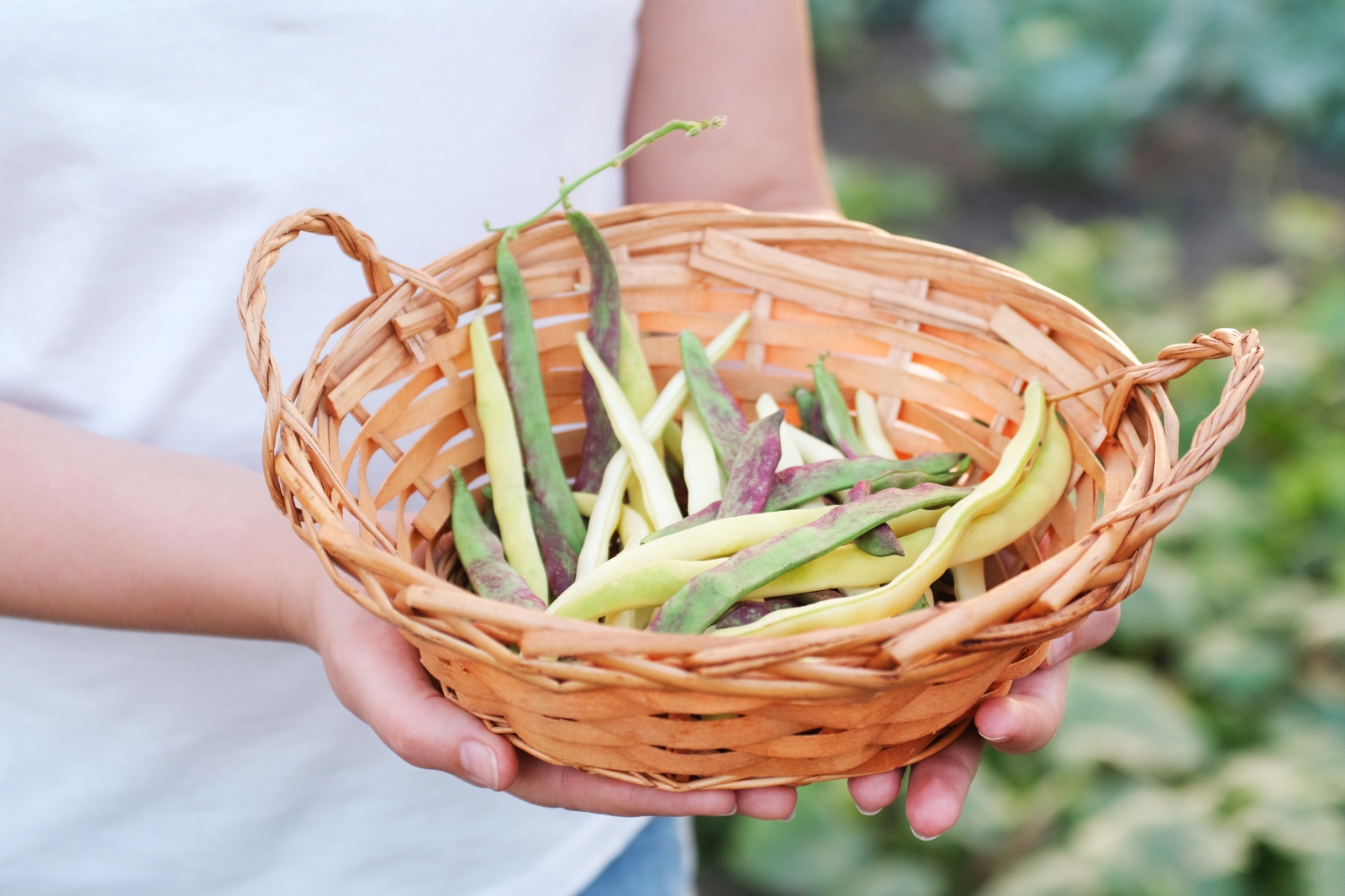
5. Pole Beans
Pole beans are another excellent choice for trellis gardening, as they are easier to harvest compared to bush beans. There are many different pole bean varieties available, such as Kentucky Blue, which has proven to be a reliable and productive choice.
Why grow Pole Beans on a trellis
Pole beans are natural climbers that require support to grow. Trellises make it easier to harvest the beans and prevent them from getting damaged or rotting on the ground.
Best varieties to grow vertically
- Kentucky Blue
- Rattlesnake
- Scarlet Runner
Tips for growing Pole Beans
- Use a trellis at least 6 feet tall with mesh or wire for easy climbing
- Plant seeds 4 inches apart and 1 inch deep
- Provide consistent moisture and sunlight
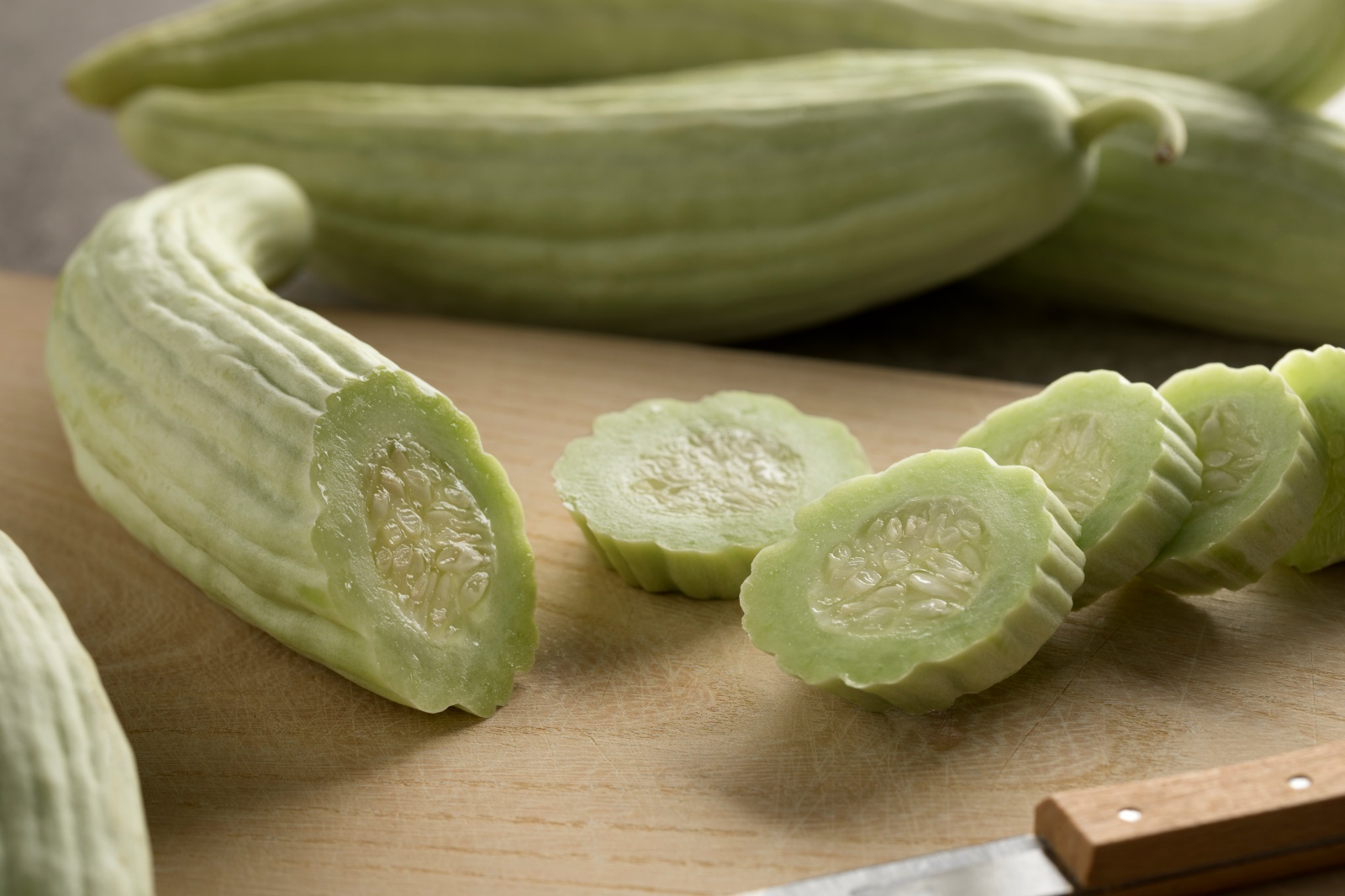
6. Armenian Cucumbers
Armenian cucumbers, also known as yard-long cucumbers, are similar to regular cucumbers but grow much longer. They are best harvested when they are still tender and crisp, which is when they have not grown too wide.
Why grow Armenian Cucumbers on a trellis
Armenian cucumbers are long, vigorous climbers that benefit from the support and air circulation provided by trellises. This method also makes harvesting easier and keeps the fruit straight.
Best varieties to grow vertically
- Green Serpent
- Striped Armenian
Tips for growing Armenian Cucumbers
- Provide a sturdy trellis at least 6 feet tall
- Plant seeds 6 inches apart and 1 inch deep
- Keep the soil consistently moist but avoid waterlogging
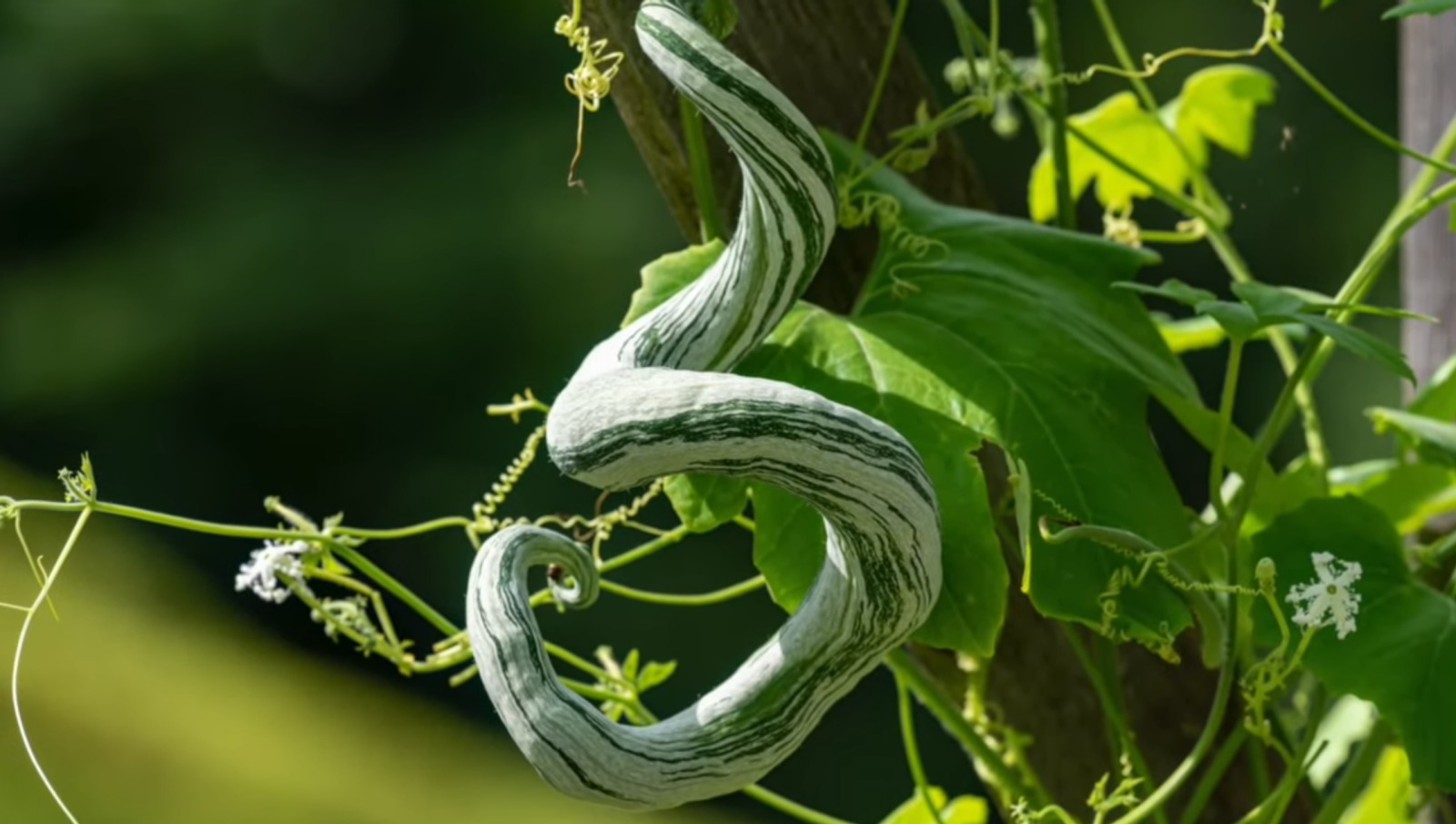
7. Python Snake Beans
Python snake beans, an edible gourd, require plenty of space to grow and are better suited for larger trellises. Their unique blossoms and size make them an interesting addition to any garden.
Why grow Python Snake Beans on a trellis
Python snake beans grow tall and require support to prevent them from sprawling on the ground. Growing them on a trellis saves space, improves air circulation, and simplifies harvesting.
Best varieties to grow vertically
- Opo
- Long Squash
Tips for growing Python Snake Beans
- Use a large, sturdy trellis for these vigorous climbers
- Plant seeds 6 inches apart and 1 inch deep
- Provide consistent moisture and sunlight
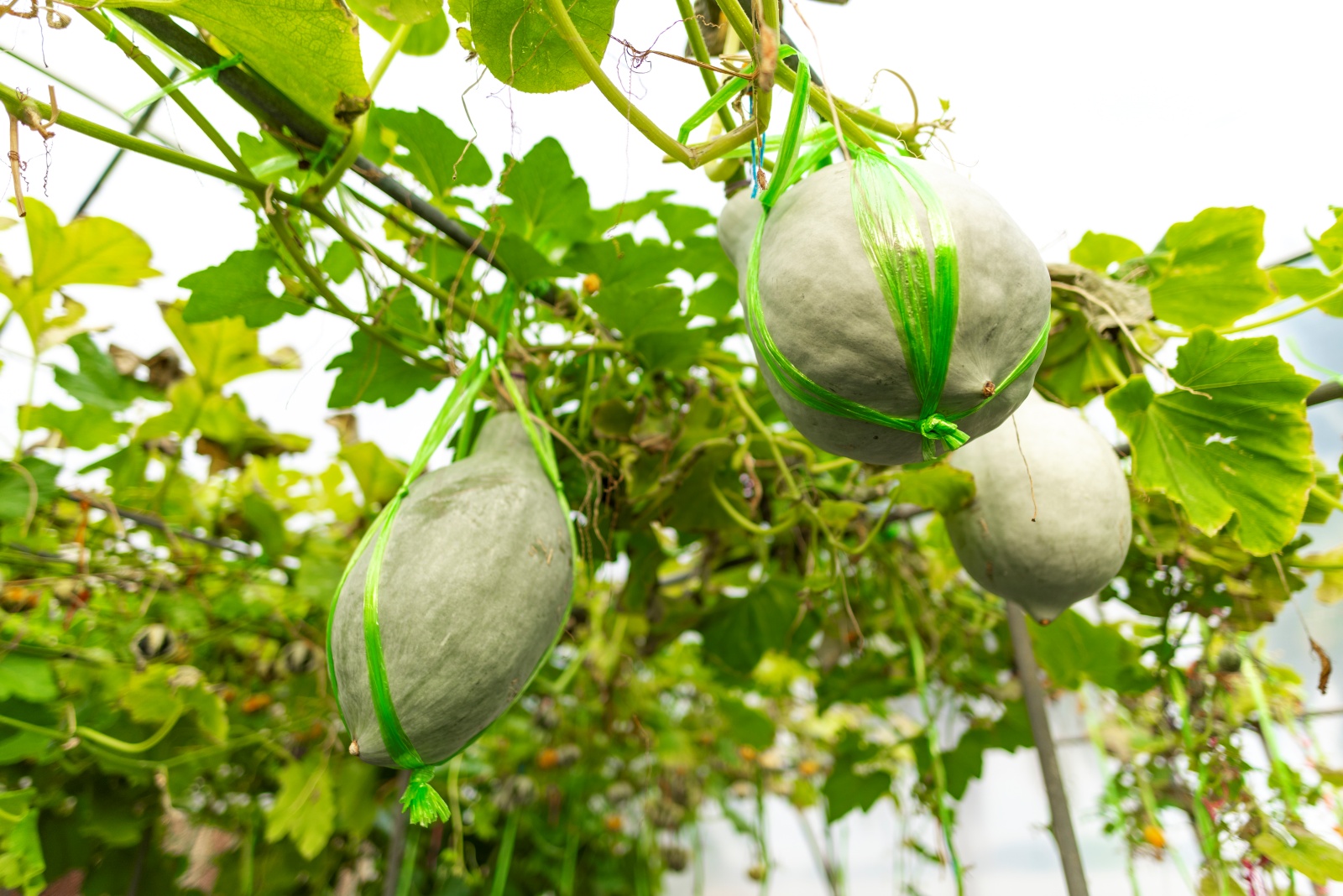
8. Squash
Certain squash varieties, such as butternut squash, can be grown on a trellis. Smaller squash types are better suited for trellis gardening, while larger varieties may need additional support.
Why grow Squash on a trellis
Trellises save space, increase air circulation, and make it easier to harvest squash. They also help reduce pest and disease problems.
Best varieties to grow vertically
- Butternut Squash
- Delicata
- Zucchini
Tips for growing Squash
- Support the fruit with slings or netting to prevent them from falling
- Provide a sturdy trellis capable of supporting the weight of the fruit
- Keep the soil consistently moist but avoid waterlogging
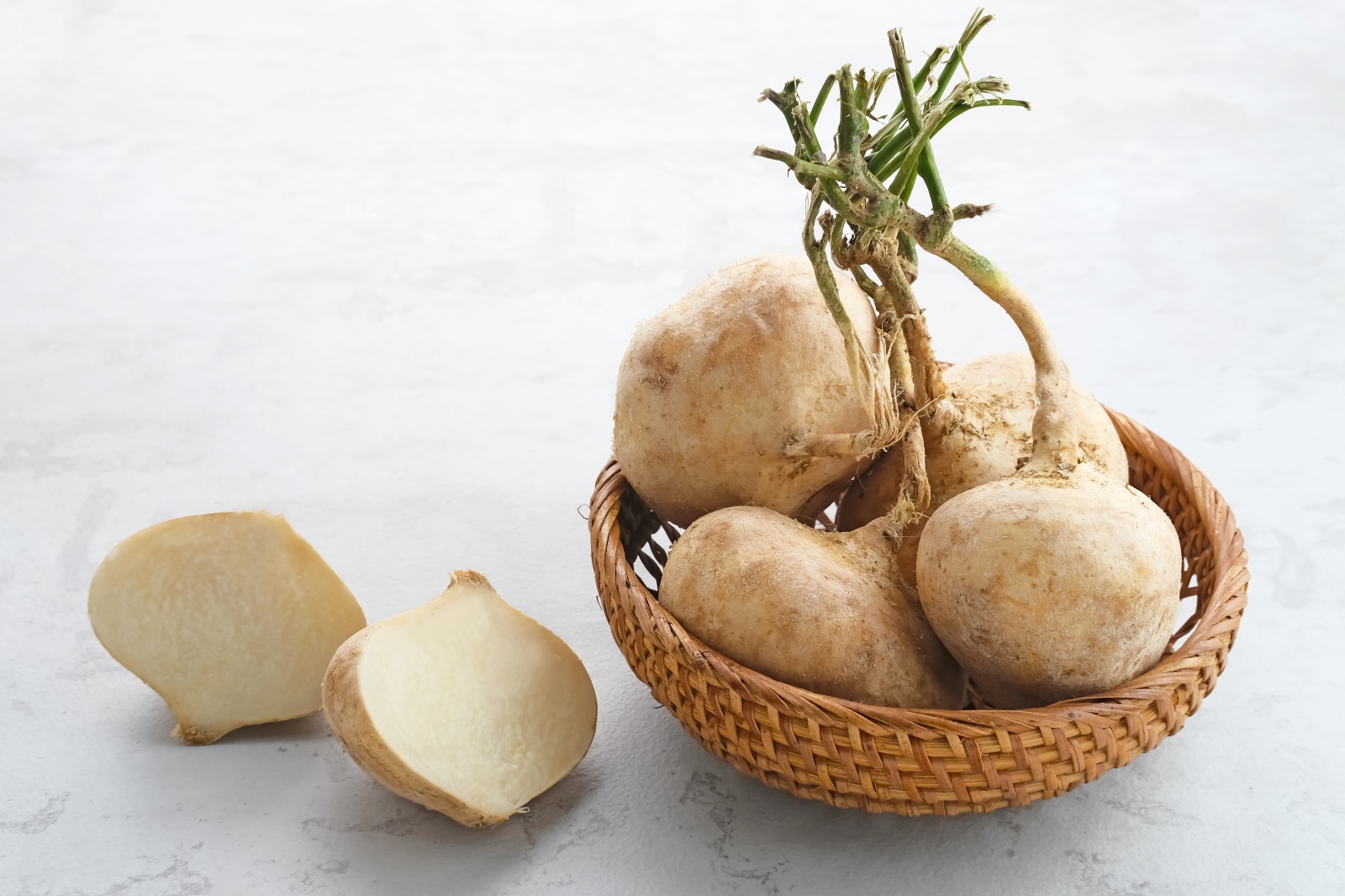
9. Jicama
Jicama, a plant with an edible underground tuber, is another vegetable that can be grown on a trellis. Despite not growing very tall, jicama needs something to climb on, making trellises a suitable option.
Why grow Jicama on a trellis
Jicama plants need support to climb and prevent them from sprawling on the ground. Growing them on a trellis saves space and makes harvesting easier.
Best varieties to grow vertically
- White Jicama
- Black Jicama
Tips for growing Jicama
- Provide a trellis at least 4 feet tall
- Plant seeds 6 inches apart and 1 inch deep
- Keep the soil consistently moist and ensure adequate sunlight
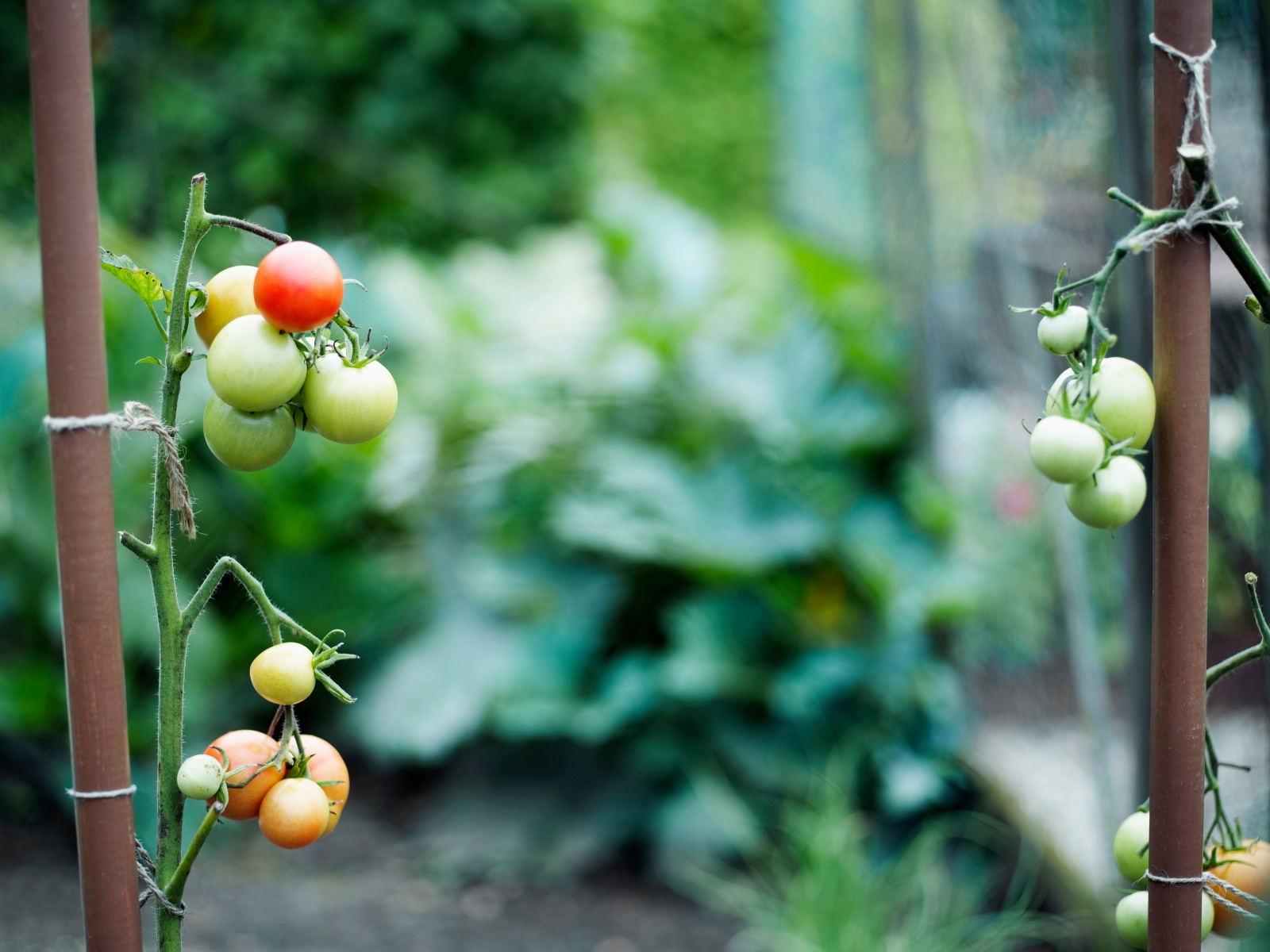
10. Tomatoes
Indeterminate tomato varieties can grow over 10 feet tall and benefit from the support provided by trellises. Determinate and dwarf tomato types may not need as much support, but trellising systems are popular with greenhouse growers for their indeterminate tomatoes.
Why grow Tomatoes on a trellis
Indeterminate tomato varieties require support to grow tall and prevent them from sprawling on the ground. Growing them on a trellis saves space, improves air circulation, and simplifies harvesting.
Best varieties to grow vertically
- San Marzano
- Sungold
- Brandywine
Tips for growing Tomatoes
- Use a sturdy trellis with mesh or wire for easy climbing
- Plant seeds 18-24 inches apart and ¼ inch deep
- Provide consistent moisture and sunlight
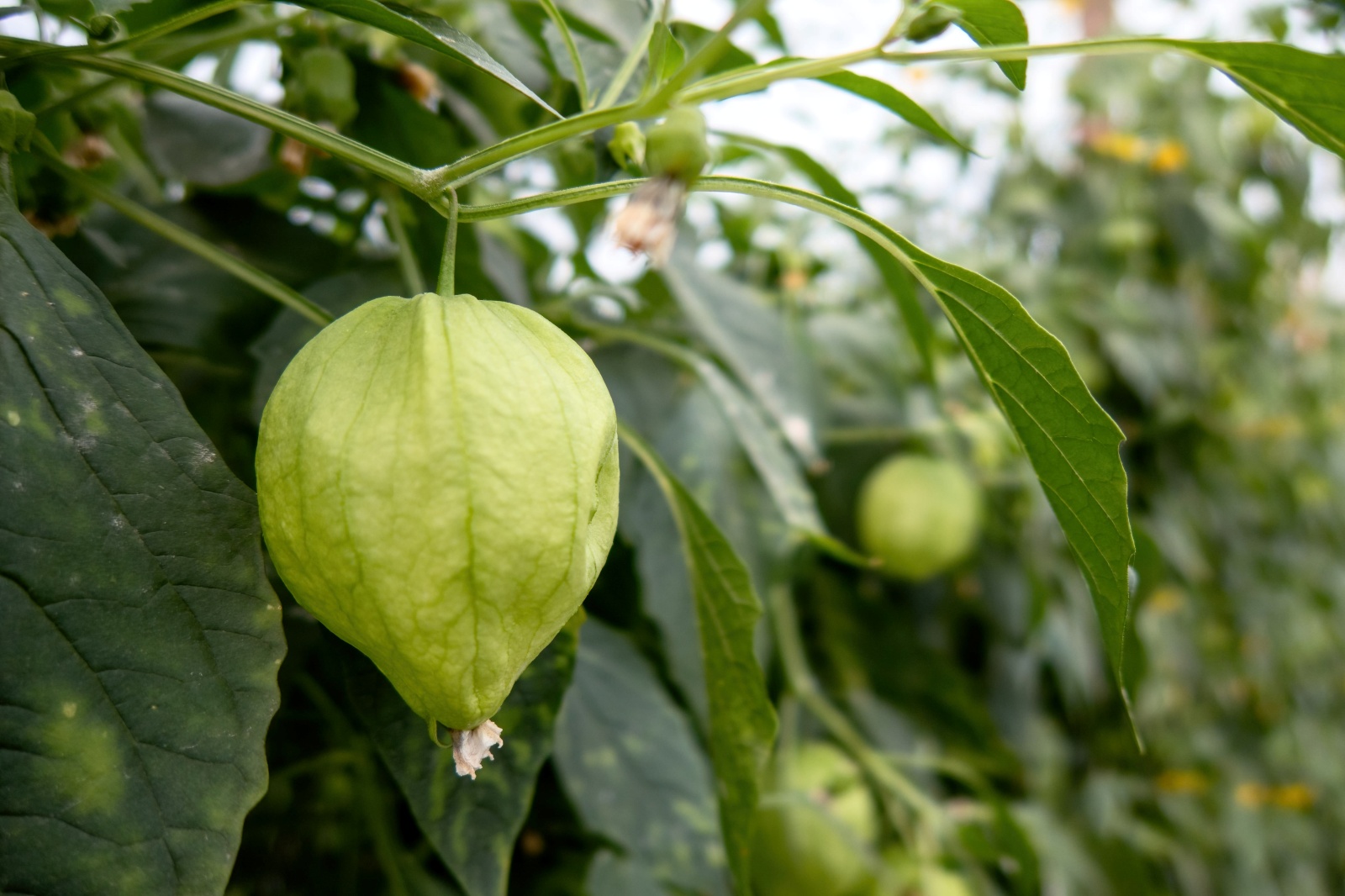
11. Tomatillos
Similar to tomatoes, tomatillos require support and can be grown on trellising systems or large cages. They also attract hummingbirds, adding a bonus benefit to your garden.
Why grow Tomatillos on a trellis
Tomatillos require support to prevent them from sprawling on the ground. Growing them on a trellis saves space, improves air circulation, and simplifies harvesting.
Best varieties to grow vertically
- Toma Verde
- Purple Tomatillo
Tips for growing Tomatillos
- Provide a sturdy trellis or large cage for support
- Plant seeds 18-24 inches apart and ¼ inch deep
- Keep the soil consistently moist and ensure adequate sunlight
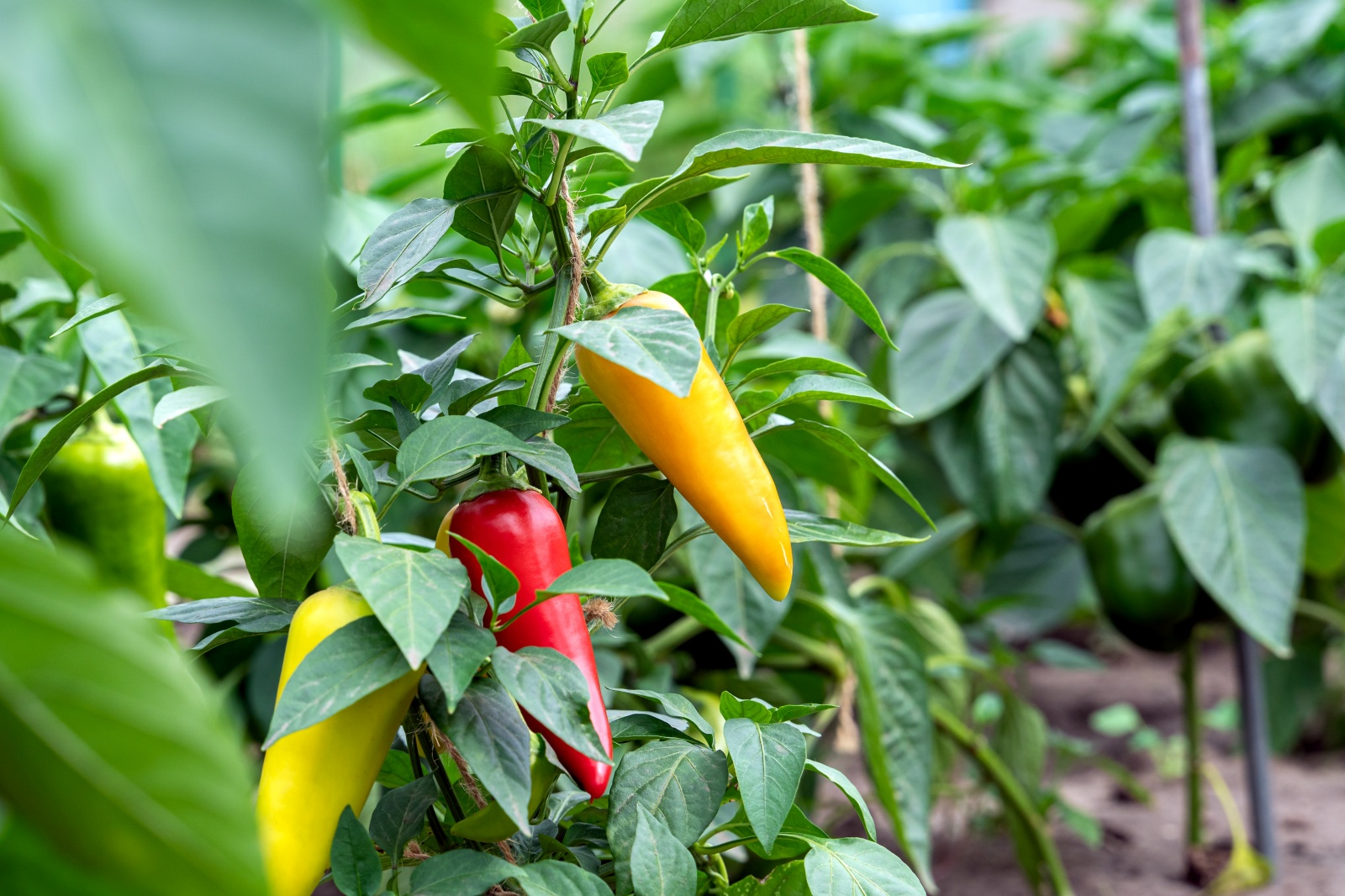
12. Peppers
Some pepper varieties, such as Brazilian Starfish, Sugar Rush Peach, and Poblano, can grow tall enough to benefit from trellis support. A vertical pepper plant can be a lot easier to harvest from.
Why grow Peppers on a trellis
Tall pepper varieties benefit from the support provided by trellises, which also promote better air circulation and sunlight exposure, resulting in healthier plants and higher yields.
Best varieties to grow vertically
- Brazilian Starfish
- Sugar Rush Peach
- Poblano
Tips for growing Peppers
- Use a trellis with mesh or wire for easy climbing
- Plant seeds 12-18 inches apart and ¼ inch deep
- Provide consistent moisture and sunlight
Over to you!
Vertical gardening with trellises is an effective way to maximize your garden space and simplify the harvesting process. By choosing the right vegetables for your trellis, you can enjoy a bountiful and diverse harvest throughout the growing season. Whether you’re a seasoned gardener or a beginner, incorporating trellises into your garden design can significantly enhance both the aesthetics and functionality of your outdoor space. Don’t be afraid to experiment with different vegetables and trellis designs, and don’t hesitate to share your own trellis gardening experiences in the comments section below. Happy gardening!

